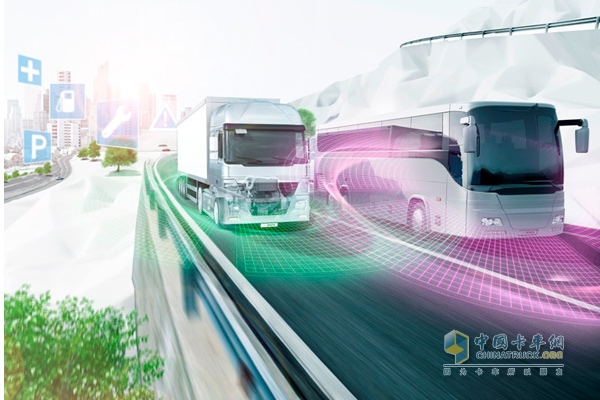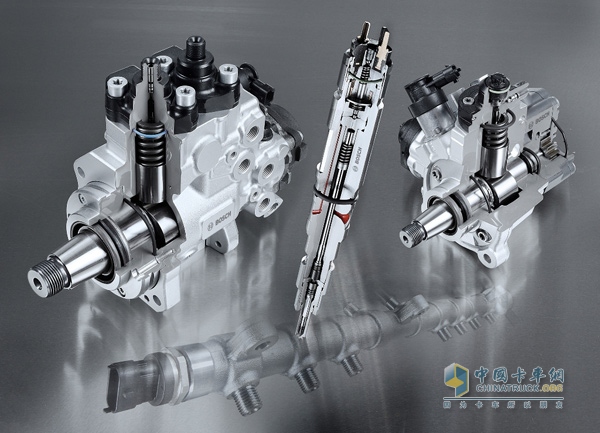This year, Bosch 's commercial vehicle business, including trucks , vans and buses, will account for a quarter of the sales volume of the automotive technology business. Compared with Bosch’s 8% growth in overall automotive business in 2014, Bosch’s sales growth in commercial vehicle business will exceed 10%, making an important contribution to the growth of the Bosch Automotive Technology business unit. Wolf-Henning Scheider, a member of the board of directors of Robert Bosch GmbH and head of Bosch's global automotive business, said at the 2014 Commercial Motor Show in Hannover, Germany: “The development of Bosch commercial vehicles is on the fast track.†Thanks to the targeting of trucks, buses and tractors The increasingly stringent emission standards for off-road vehicles, such as construction machinery, and the popularity of connected technologies in commercial vehicles, Bosch Diesel Systems has further developed its business. Severe emission regulations promote the global growth of the diesel system business For commercial vehicles, diesel high-pressure injection and exhaust gas after-treatment technology are still the main driving forces for energy conservation and emission reduction. Bosch expects to sell about one million Denoxtronic exhaust aftertreatment systems on trucks and buses worldwide this year. In China, Bosch has responded positively to the government's call to continue to introduce the most advanced technologies while at the same time, for several years, working hard to localize the investment, R&D and production of diesel systems. With the implementation of China's fourth stage emission standard for commercial vehicles, Bosch's second diesel system plant in Qingdao, China will also be put into use this year. Truck Interconnection: The Most Important Operational Efficiency In addition to diesel technology, Bosch is also very concerned about the networking technology of commercial vehicles, especially for European and American markets. Wolf-Henning Scheider stated: “We hope that by 2016 Bosch will be able to help connect each new commercial vehicle in Europe and the United States.†Bosch Truck and Bus infotainment systems have already taken the lead in the European market and Bosch will also use the Internet. Technology effectively increases the fuel economy of commercial vehicles. The development of the Eco.Logic Motion system makes this goal a reality. The system can provide the driver with the most fuel-efficient driving solution based on real-time navigation data. By interconnecting the powertrain, transmission and navigation system, Bosch can improve fuel economy by an average of about 5%; according to the customer's actual tests, this technology can even save up to 9% of fuel. In the future, Bosch will further interconnect the engine management and transmission control system with real-time data based on the network, so that the commercial vehicle power system can not only make adjustments according to terrain and road conditions in time, but also obtain information such as speed limit and road engineering in real time. And respond. As Scheider said, this is the solution to achieve optimal driving based on real-time information. Bosch Automotive Technology - Close to Global Customers Bosch insists on working with local companies to localize production to serve global customers. In addition to Germany, Bosch's commercial vehicle diesel systems have manufacturing facilities in the United States, Brazil, China, the Czech Republic, Japan and India. The increasing global competitiveness of Bosch Automotive Technology is also reflected in the number of employees: By the beginning of 2015, Bosch Automotive employs 193,000 people worldwide, an increase of nearly 13,000 from the beginning of 2014. This increase mainly comes from Asia. In addition, the number of R&D personnel in the Automotive Technology Business Unit will increase from around 35,000 to over 37,000. 
Bosch Commercial Vehicle Technology 
CRSN3-25 common rail system provides 2500 bar injection pressure 
BESG Bosch Emissions Systems' production line